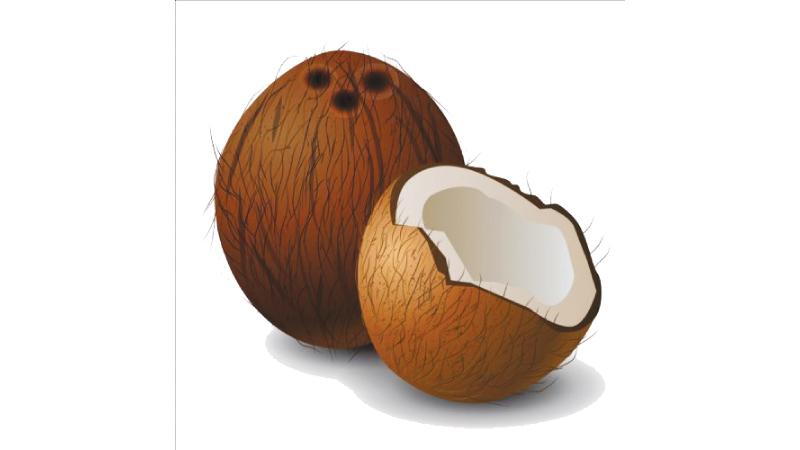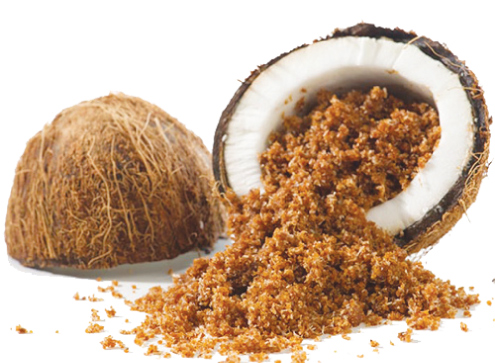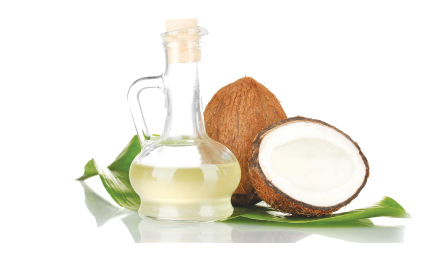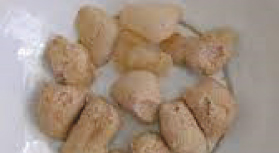
Today, we bring you the second part of ‘A Treacle Tale by Hiru Wanniarachchi. In this article she tells’ us about coconut treacle. Coconut is an essential item for most people in many countries. The coconut tree is a member of the palm genus. It has a fibre root system. It is also the only genus identified in the Genus Cocos. Any part of the coconut tree can be used for our needs. The coconut branch consists of evenly spread leaves. ‘Coconut’ is a 16th century term derived from the Portuguese and the Spanish word coco.
Kapruka
All parts of the coconut tree are useful to us. This is why the coconut tree is known as the Kapruka.
At present, it is estimated that coconut cultivation in Sri Lanka is spread over 44,3538 hectares.
Our country has a Coconut Triangle. The districts of Chilaw, Puttalam and Kurunegala form the coconut triangle.
Coconut treacle has become an important ingredient in indigenous medicine.
Coconut treacle is used in local medicine to treat fractures because of its thick texture.
The coconut treacle industry expanded in our country as a rural industry. It was popularised in Dankotuwa, Puttalam and Chilaw, The coconut tree is tied up like a ladder (uprooted) and the ripe coconut flower is crushed by a waraka root and then its bark is cut off and two sticks are tied one foot above the root of the coconut tree and tied to the tree.
A pot is hung on it. The flower buds are then cut off little by little twice a day, morning and evening. The resulting sap is poured into the pot.
 The next morning the flower is cut and another pot is hung. This is repeated every day. All debris is removed.
The next morning the flower is cut and another pot is hung. This is repeated every day. All debris is removed.
Then the sap or thelidiya should be melted on a stove under a hot flame. The foam that forms when it melts should be removed with a spoon or a cup. Once the mixture is melted, it is placed in sterilised glass jars while still hot.
Thelidiya contains between 12 percent - 15 percent sugar and a well grown coconut flower can produce between 10 and 15 bottles of thelidiya. It takes 6-8 bottles of thelidiya to produce a bottle of coconut treacle. The fermented thelidiya is used in the production of coconut honey. Its special feature is that it is light brown in colour, very clear and sticky.
However, the taste of coconut treacle varies depending on the soil. Coconut Triangle Coconut treacle obtained from the village coconut trees is higher in quality than the coconut treacle produced in the areas belonging to the coconut triangle. 
The Coconut Development Board in Lunuwila, conducts various investigations on coconuts and related products.
Coconut treacle is widely used in confectionery. It is is used in making aggala and aluwa in Negombo.
It is also used to make sweetmeats such as thaladosi, handi kawum, udabalum, honeycombs and polwandu.
Coconut treacle gives these sweetmeats a delicious taste.
Udabalum recipe
Ingredients for the Udaballum case
1 cup of white rice
1\2 cup of flour
Coconut oil
Pieces of cotton cloth
Method
Wash the rice well and let it soak for about five minutes.
Strain the water and grind the rice into flour.
Knead the flour about five times with the help of a thin cloth or a fine sieve.
Add flour and water to the sifted rice flour and stir.
Add a little coconut oil and make a soft non – stick dough.
Make small balls.
Put some coconut oil in a bowl and put the prepared balls in it.
Take a clay pot and place a piece of cotton cloth on top of it.
Take the balls from the oil pan and place them on a piece of cloth and thin the dough.
Heat the oil in a pan and fry the dough as a thin circle.
Ingredients for the filling.
Rice flour 250g
Green gram 250g
1⁄2 a bottle of coconut honey
1 cup of brown sugar
5-6 cardamom pods
Salt
Vanilla
Method for filling
Roast the rice flour until golden brown
Roast the green gram and grind
Add green gram powder to the rice flour and set aside.
Add coconut treacle, brown sugar and 1 cup of water and bring to a boil.
Add chopped cardamom, salt and vanilla.
Add a little bit of honey to the rice flour and green gram powder mixture and stir.
Make small holes in the cases and fill them with the prepared mixture.
